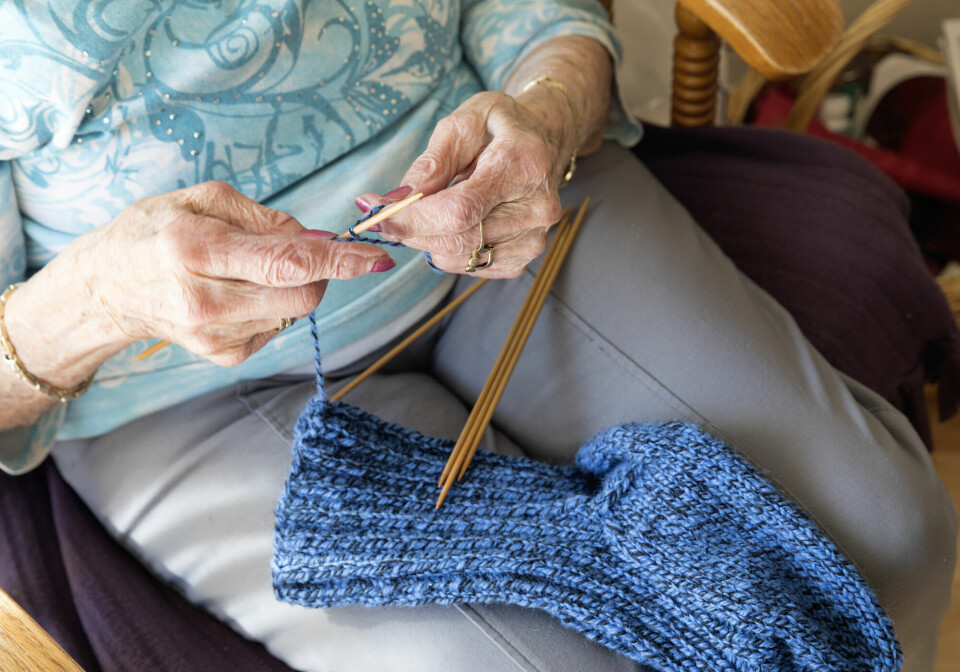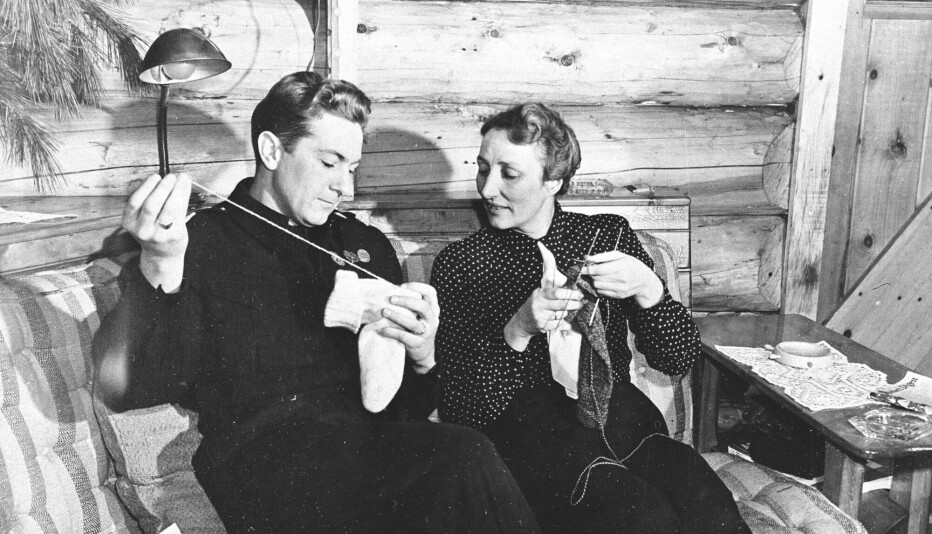
Life expectancy is increasing again – record low fertility
Life expectancy for men and women in Norway increased last year. At the same time, fertility rates are at a record low, and people are waiting longer and longer to have their first child.
Life expectancy for newborn boys rose by half a year and for girls by 0.3 years in 2023 compared to the previous year, according to Statistics Norway (link in Norwegian)
Consequently, men now have an expected lifespan of 81.4 years and women 84.6 years, aligning closely with figures from 2019.
“Life expectancy is now back to the same level as before the pandemic, but that means we have, in a sense, ‘lost’ the usual increase we have seen far back in time. Whether we will ever catch up on the lost increase in life expectancy is an open question,” says Statistics Norway demographer Anders Sønstebø.
43,803 people died in Norway last year, over 2,000 fewer than the year before. However, this is still 3,000 more than the average from 2015 to 2020, according to Statistics Norway.
Record low fertility
Last year, 51,980 children were born in Norway, which was 500 more than the year before.
Statistics Norway calculates the total fertility rate based on the number of births and the number of women aged 15–45 years. Last year it was measured at 1.4 children per woman, which is a marginal decrease from 1.41 the year before.
The marginal decrease is due to the number of Ukrainian women who have fled to Norway in recent years, and these women have had significantly fewer children than the average.
The fertility rate of 1.4 children per woman is also the lowest ever recorded by Statistics Norway.
Warning sign for Norway
The development worries the Minister of Children and Families Kjersti Toppe (Centre Party), who wants to reverse the trend.
“As the Minister of Children and Families, I want to facilitate for people to be able to have more children. Norway has some of the best public schemes in the world for families, and the government has made the schemes better,” says Toppe.
The Conservative Party leader, Erna Solberg, believes the trend is a warning sign for Norway.
“We are going to lack people moving forward if this trend doesn’t reverse. I fully understand that people have to make their personal choices, especially when many are facing tough economic challenges during their early adult years, including high interest rates and rising costs,” Solberg says.
Northerners are the most fertile
Fertility rates either remained the same or decreased across most counties last year, with the exception for Nordland, Troms, and Finnmark.
Nordland saw the most significant increase, with birth numbers rising by about 7 per cent. The fertility rate there went from 1.43 to 1.51 children per woman.
In recent years, Norway’s capital Oslo has had the lowest fertility rate, with 1.25 children per woman last year, unchanged from the previous year. The highest rate in recent years has been in Rogaland, where a rate of 1.57.
Increasingly older first-time parents
Additionally, statistics indicate that Norwegian women are waiting increasingly longer to have their first child. Over the last 15 years, the average age for first-time mothers has increased by more than two years.
In 2023, the average age for first-time mothers increased by 0.1 percentage points to 30.3 years. Meanwhile, the average age for men becoming fathers for the first time is 32.3 years.
Moreover, an increasing proportion of the population is remaining childless. In 2015, 13.4 per cent of women who turned 45 years old did not have children. The number was 14.7 per cent in 2023.
The development has been similar for men. In 2015, 22 per cent of men over 50 years were childless, a figure that increased to 23.3 per cent in 2023.
———
Translated by Alette Bjordal Gjellesvik
Read the Norwegian version of this article on forskning.no





































